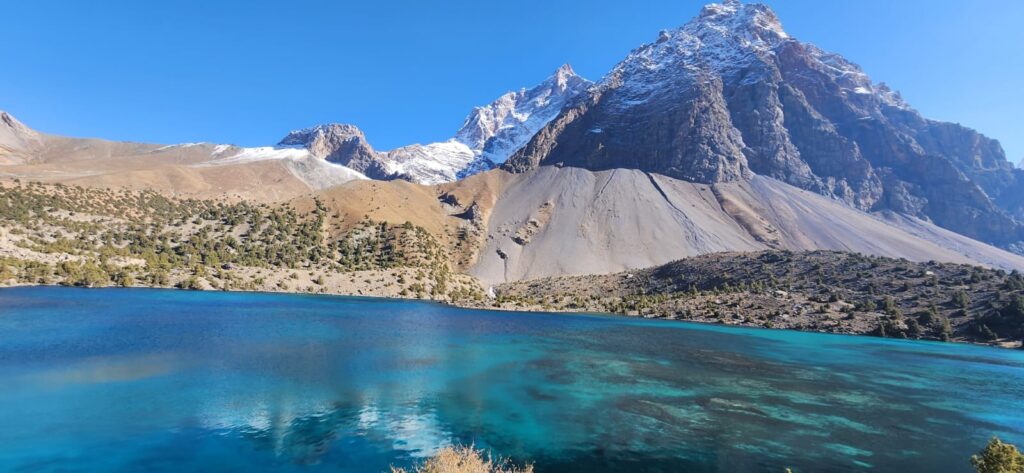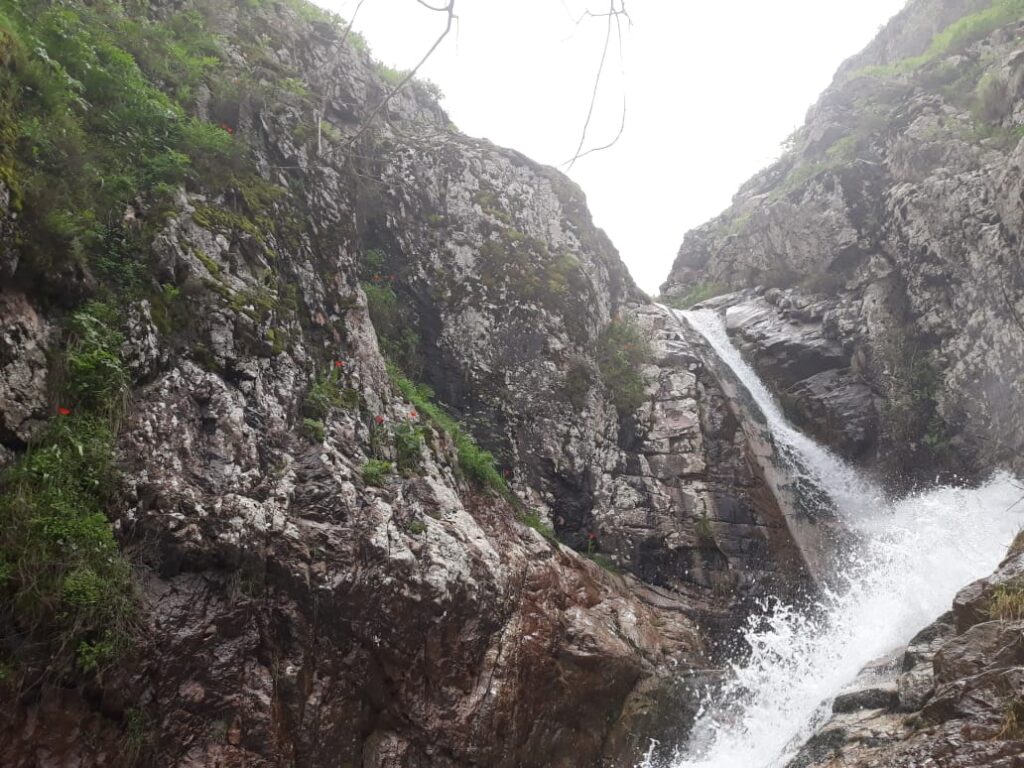From the rooftop of an old Soviet apartment block near Rudaki Avenue, the city stretches out in layers. The center hums with traffic, broad boulevards lined with new glass-fronted shops. Beyond, cranes swing above construction sites, and dust rises from the edges where farmland once lay. Dushanbe is changing before its residents’ eyes. The capital grows outward, upward, and louder, reshaping not just the skyline but the lives of those who call it home.
A City in Transition
At its core, Dushanbe is still a Soviet city. Broad avenues shaded by plane trees, concrete apartment blocks, and monumental government buildings speak of central planning. But new forms emerge. Private houses sprawl along the edges; gated compounds for the wealthy rise next to informal neighborhoods built without permits. Billboards advertise apartments with European kitchens and underground parking, amenities unimaginable two decades ago.
A taxi driver points toward the city’s north: “There used to be fields there. Now, it’s all buildings. Every year, something new.” His words echo official statistics: Dushanbe’s population has more than doubled since independence, now surpassing 800,000. Migration from rural areas and remittances from abroad fuel both demand and construction.
The Edges of Growth
The most striking transformation is at the city’s periphery. In the southeast, near Chorbogh, orchards give way to clusters of brick homes. In the north, warehouses sprawl along the road to Varzob. Farmers sell their land plot by plot, watching irrigation canals dry as concrete replaces fields. For them, the choice is not easy. Land is life, but cash from sales pays for weddings, schooling, or migration.
Urban geographers describe this process as peri-urbanization: the blurring line between city and countryside. In Dushanbe, it unfolds rapidly, often without infrastructure. Families move into new houses but lack paved roads, sewerage, or reliable electricity. One resident tells Asia-Plus: “We have a roof, but no water pipes. Every morning we carry buckets from the nearest well.”
Dushanbe’s growth is not only physical but social. Villages once separate from the capital are absorbed, their traditions mixing with urban life. Rural migrants bring livestock, customs, and dialects. In some neighborhoods, the call of roosters mingles with car horns, and irrigation ditches run beside asphalt. The city becomes a mosaic where rural and urban meet, overlap, and sometimes clash.
Center and Margin
While the edges expand, the center densifies. Old khrushchyovka apartments, five-story relics of the 1960s, are demolished to make way for high-rise towers. Some residents welcome the change; others resist eviction, fearing that compensation will not cover rising rents. Disputes play out in courtrooms and the press, highlighting tensions between development and rights.
Government projects emphasize modernization. New theaters, government offices, and parks showcase a vision of Dushanbe as a modern capital. Yet these projects often mask inequalities. Migrant workers labor on construction sites for low wages, many of them Tajiks returning from Russia when jobs abroad dry up. Their sweat builds the new skyline, but their families often remain in the city’s margins.
Infrastructure Strain
Growth stretches the city’s services thin. Water shortages become common in summer; electricity flickers in new suburbs. Traffic jams, once rare, now clog central streets. Public transport lags behind expansion, leaving many residents reliant on private cars or crowded minibuses. A 2015 ADB study warns: “Without investment in infrastructure, Dushanbe’s rapid urbanization risks deepening social and environmental stress” (ADB, 2015).
Air pollution adds to the concerns. Dust from construction mixes with exhaust fumes, creating hazy afternoons. The irony is sharp: as the city grows more modern, its air grows harder to breathe. Doctors quietly note rising cases of asthma and bronchitis, particularly among children.
Imagined Futures
Despite challenges, optimism runs high. Developers promise “European-style” living; advertisements show sleek apartments with mountain views. The city’s elites envision Dushanbe as a Central Asian hub, competing with Almaty or Tashkent. For young professionals, cafés and shopping malls offer a taste of cosmopolitan life. For rural migrants, the city offers education, opportunity, and the chance to escape subsistence farming.
But futures are uneven. For every new high-rise, there is a family in a half-finished house without plumbing. For every luxury café, a bazaar stall where vendors sell second-hand clothes. Dushanbe is not one city but many, layered on top of each other, their edges rubbing together.
A Present Moment
To walk through Dushanbe is to see transformation in real time. Streets once lined with mulberry trees are now crowded with apartment towers. Fields that grew wheat now sprout rebar. The sound of jackhammers competes with the call to prayer. Growth feels unstoppable, but also fragile, built on remittances and uncertain economies.
Standing at the city’s edge, watching new houses rise where orchards once bloomed, one feels both excitement and unease. Dushanbe is alive, expanding, redefining itself. But whether it can grow without breaking, without leaving too many behind, remains an open question.
References
- ADB. (2015). Urban Development in Central Asia: Challenges and Opportunities. Manila: Asian Development Bank.
- Asia-Plus. (2016). Residents speak out on Dushanbe’s new housing projects. Asia-Plus News Agency.
- UNDP. (2016). Urbanization and Migration in Tajikistan: Trends and Risks. Dushanbe: UNDP Tajikistan.
- World Bank. (2014). Tajikistan: The Challenges of Urban Growth. Washington, DC: World Bank.








